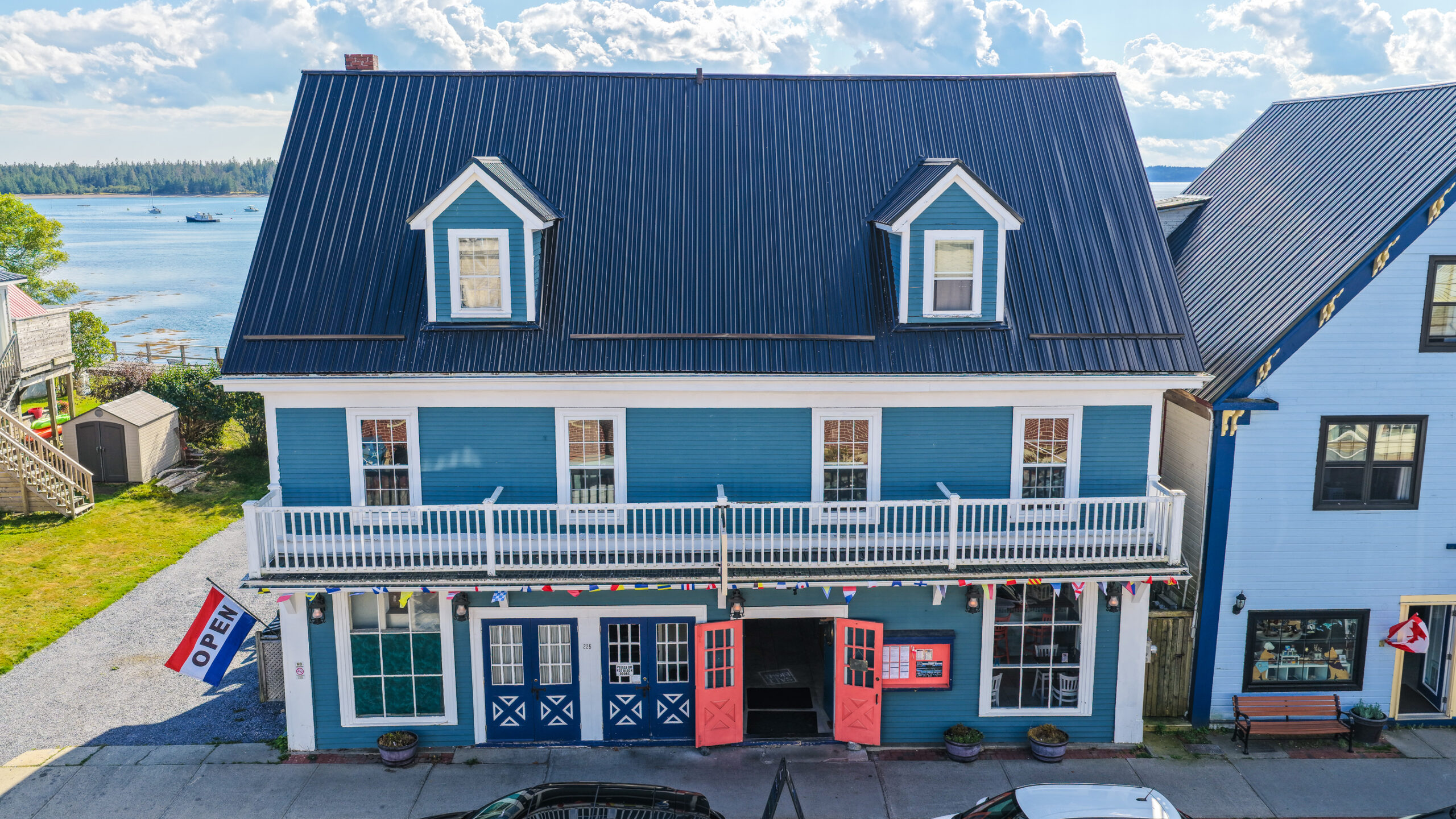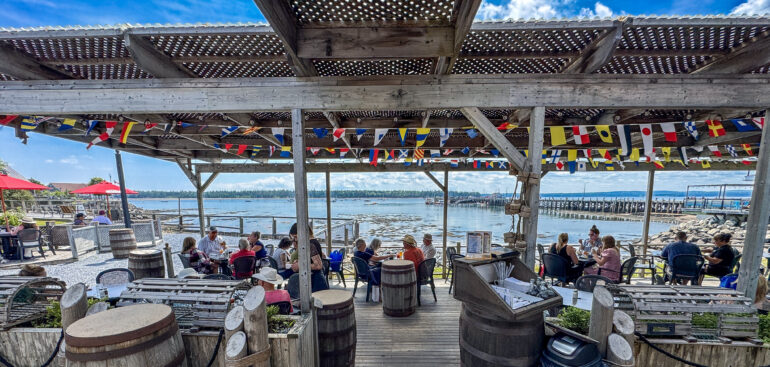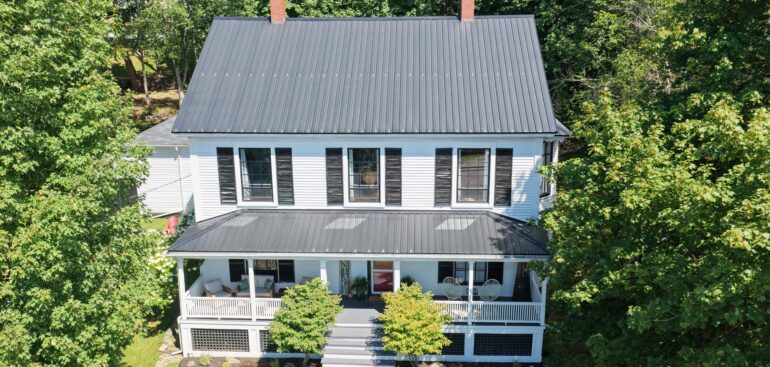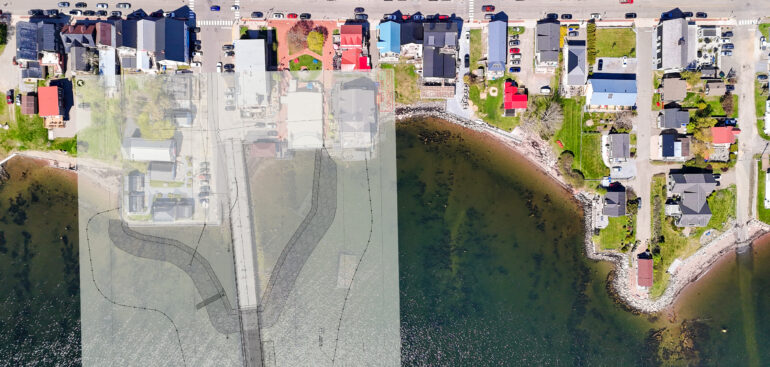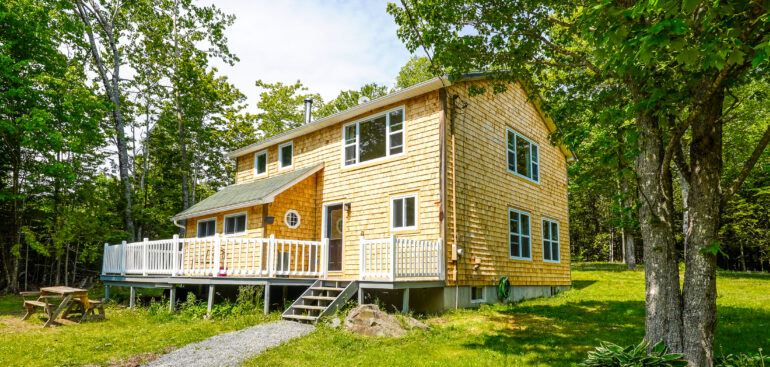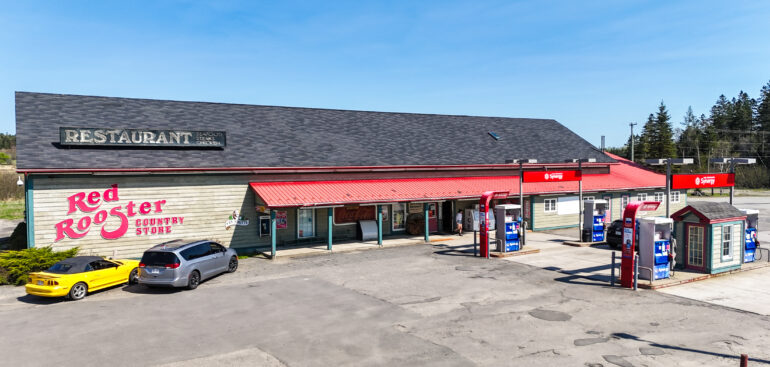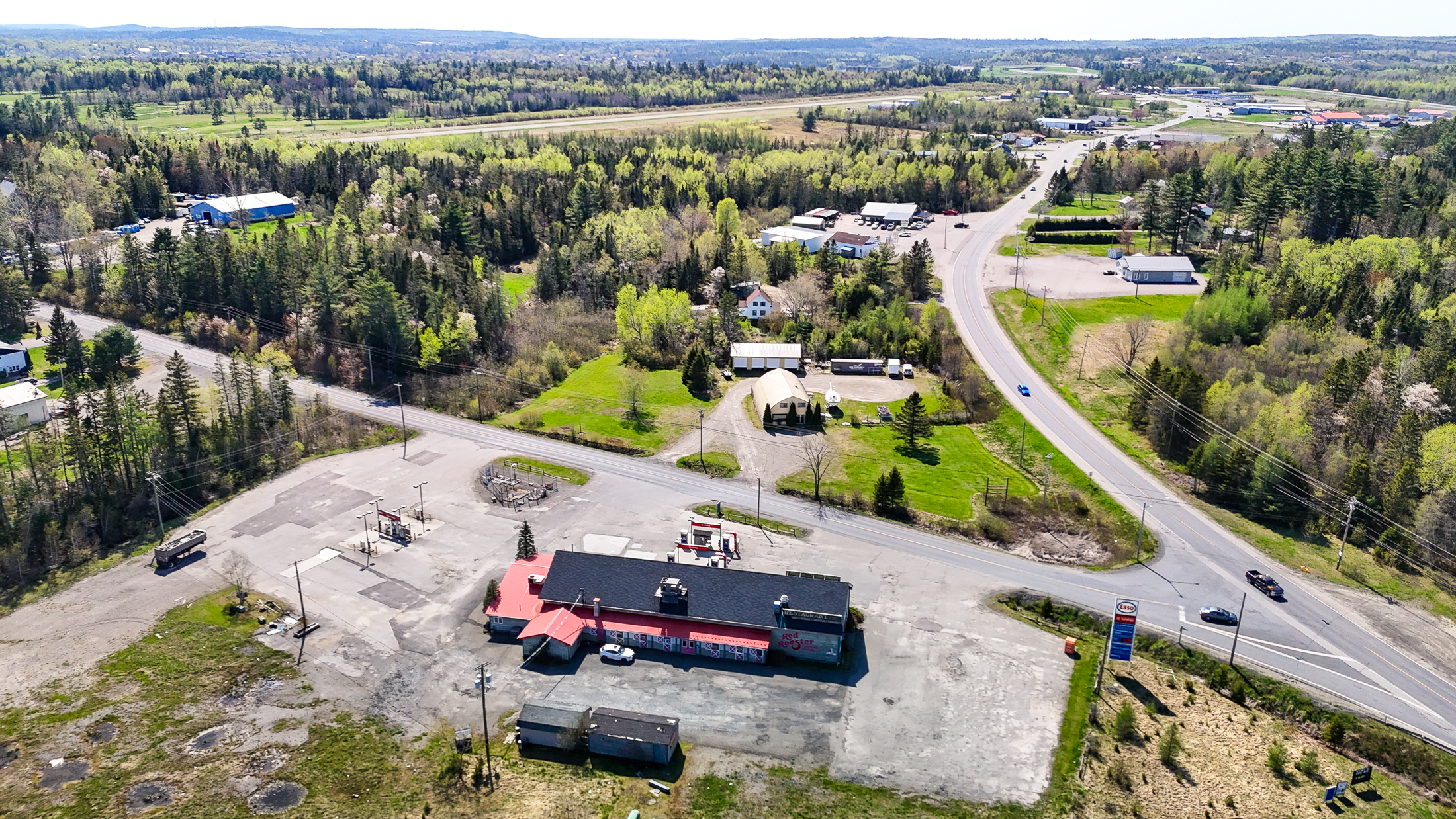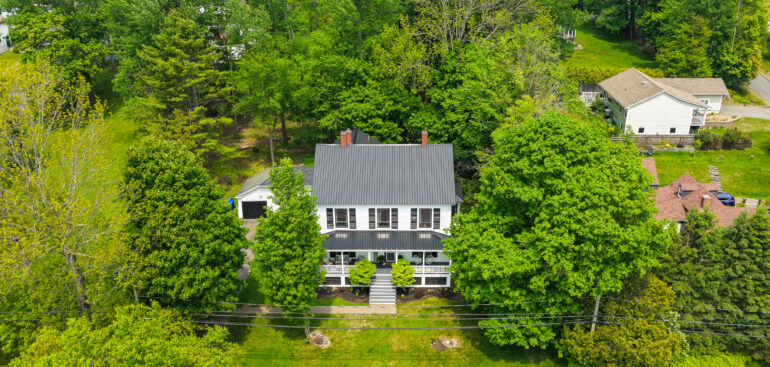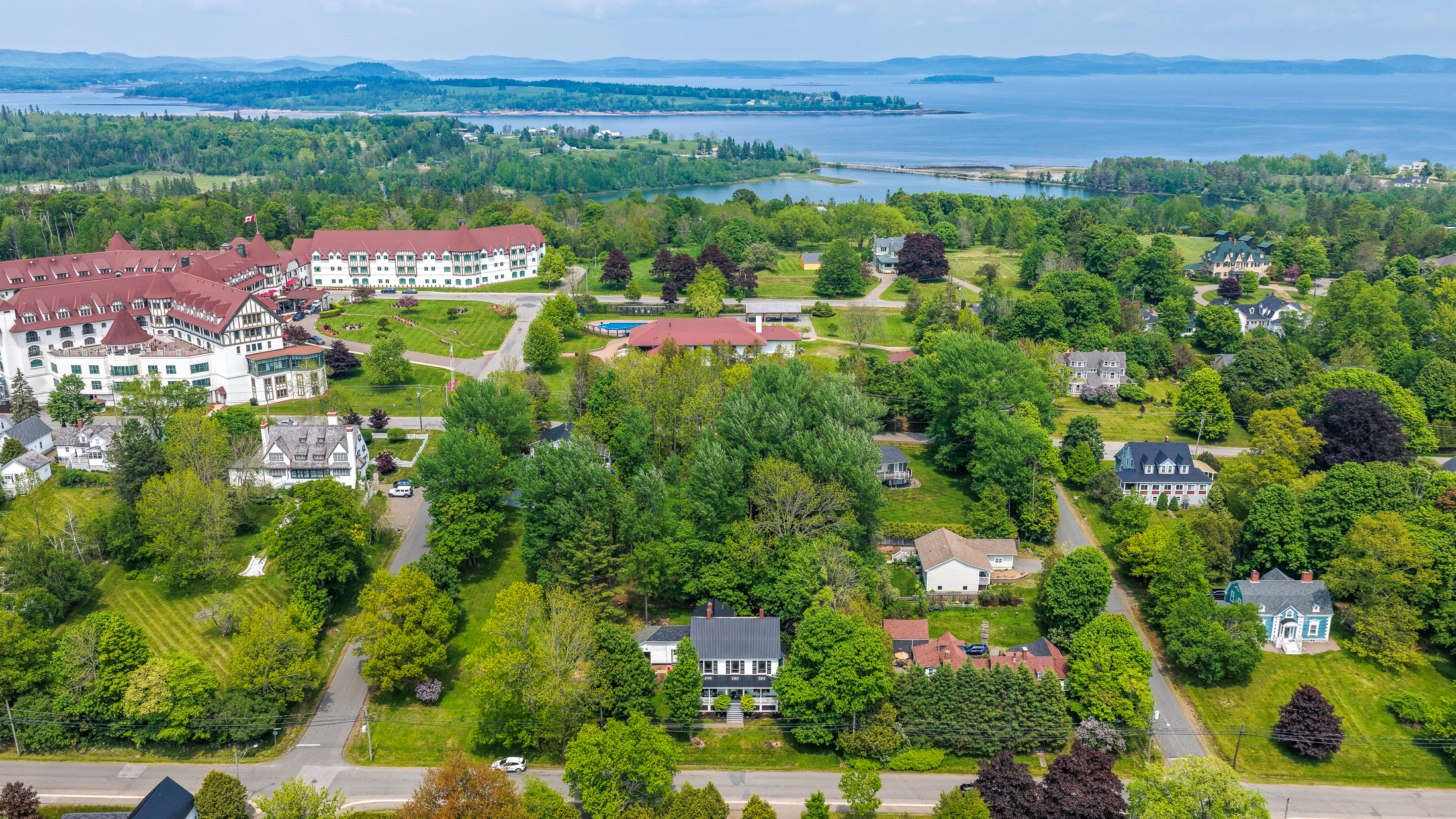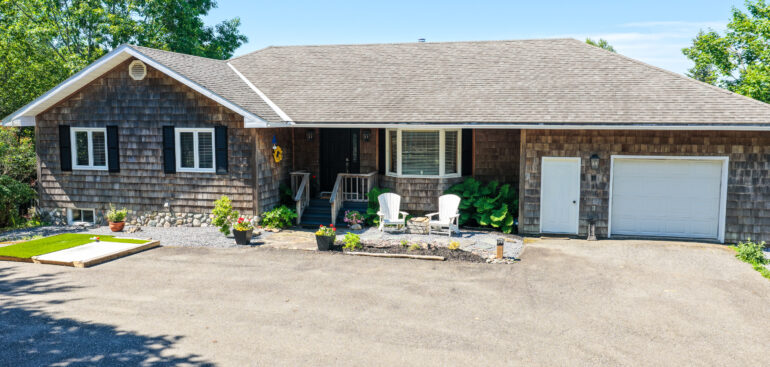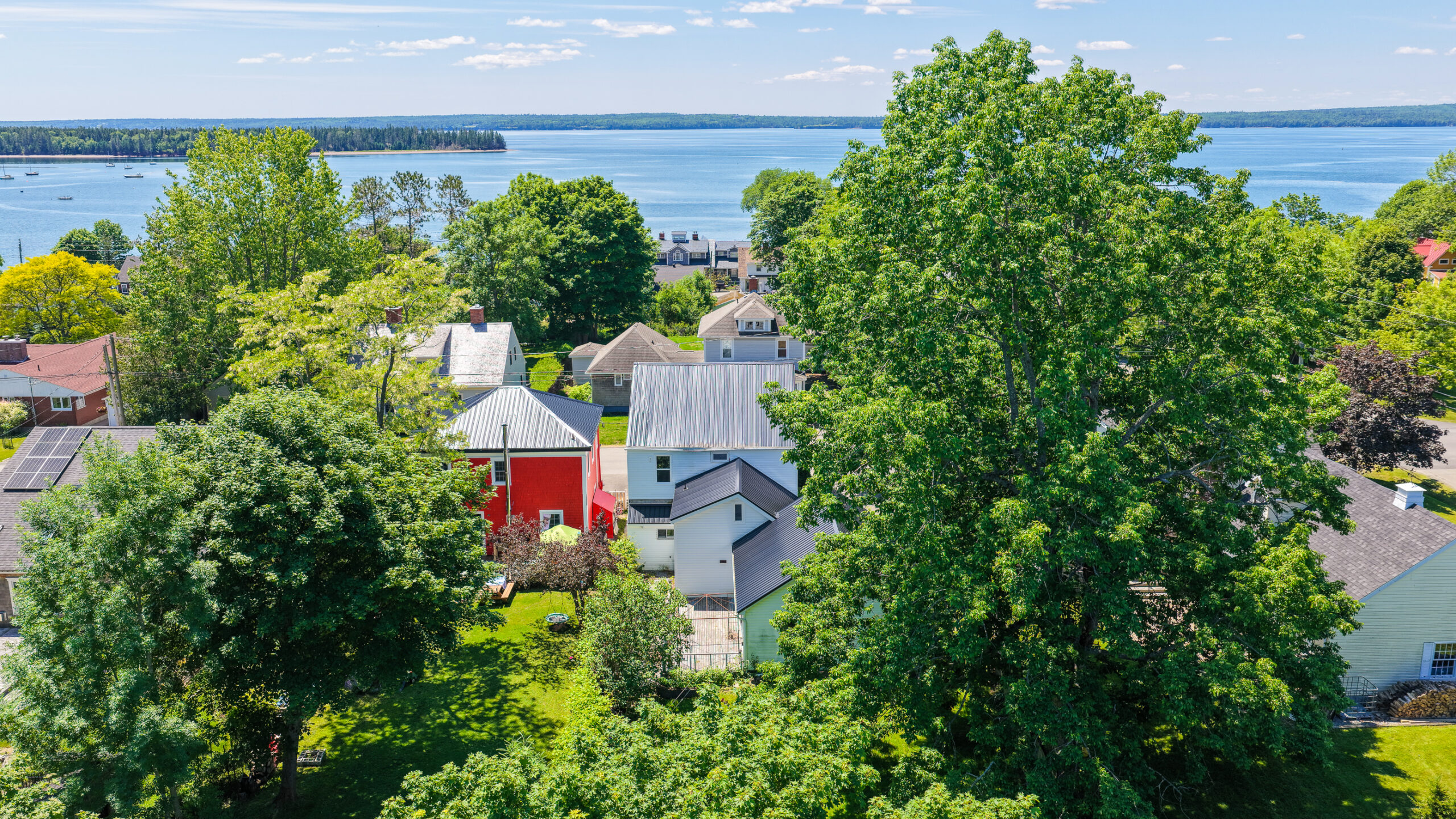There’s something magnetic about a restaurant on the water. The sound of gulls, the clink of glasses on a patio, the hush that falls over a room when the sun dips into the horizon. At 225 Water Street in St. Andrews by-the-Sea, that dream is no longer something you admire from afar; it’s an opportunity waiting for its next chapter.
This historic building has hosted several well-known dining rooms over the years, most recently operating as Salt Bight Restaurant for the past two seasons. Each incarnation has drawn on the same irresistible elements: more than a hundred seats indoors, a space steeped in character, and a sprawling patio where guests can dine just steps from the water’s edge.
This isn’t just a restaurant. It’s an anchor in a town that thrives on hospitality, and a property that doubles as a smart investment. Upstairs, three apartments, two with ocean views, add built-in income potential or a place for an owner to live right above the action. The included waterfront parcel, accessible from Market Square by footpath, brings its own possibilities. With creative vision, it could become the backdrop for open-air events, pop-up experiences, or private gatherings that amplify the charm of this unique address.
For buyers arriving from bigger cities, the appeal is easy to understand. Here, the grind of traffic is replaced with seaside strolls, and work life is inseparable from a lifestyle that values community and connection. For international investors, particularly those just across the U.S. border, St. Andrews offers the chance to plant roots in one of Canada’s most charming coastal towns, where tourism flows strong and year-round living is safe and welcoming. And for locals who have long harbored the dream of opening their own place, this is the kind of opportunity that simply doesn’t come around often.
St. Andrews itself is a destination, a town where historic buildings line the streets and the harbor bustles with whale-watching boats, art festivals, and travelers eager to soak up the charm of small-town Atlantic Canada. A property like this, right on Water Street, is more than an address; it’s a front-row seat to everything that makes the town tick.
Dreams of running a seaside restaurant usually live in imagination, the kind of thing you talk about wistfully on vacation. But at 225 Water Street, those dreams are tangible. They’re written into the brick and timber, the view from the patio, the hum of a dinner service just before sunset.
This is more than a listing. It’s an invitation.
View the full property details here and picture yourself stepping into the story.
